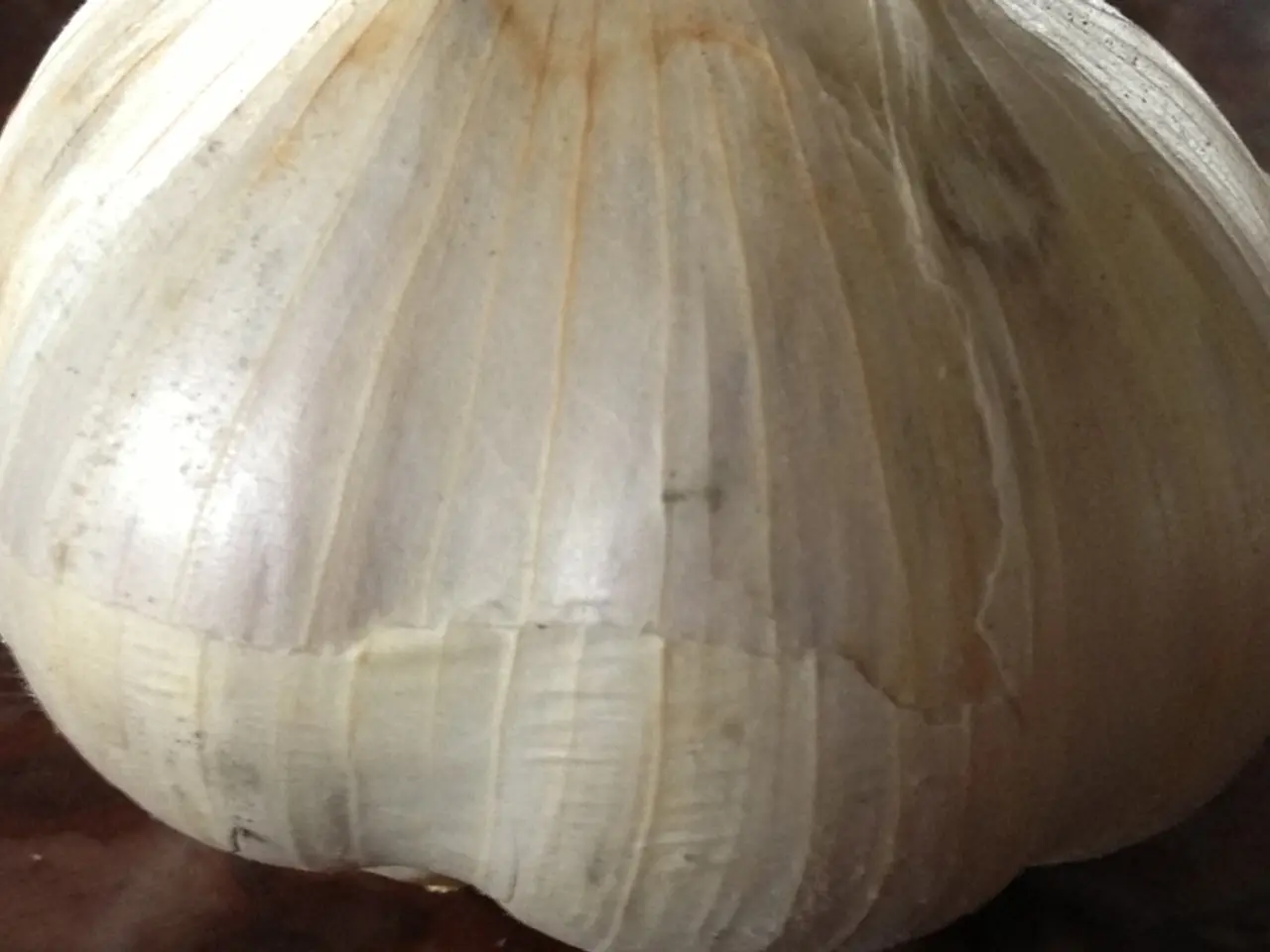Artesian water will be surpassed in purity by regular water.
=====================================================================
When it comes to purifying water at home, there are several methods you can try. However, the effectiveness of these methods varies depending on the type of contaminants present in the water.
For microbiological contaminants such as bacteria, viruses, and parasites, boiling water for 1 to 3 minutes is highly effective at killing most pathogens and is a reliable method in emergencies. Chemical disinfectants like chlorine tablets, iodine drops, or household bleach also kill microbes but may have limitations such as taste issues, incomplete parasite removal, or health concerns in certain populations.
Gravity filters or activated carbon filters, which are accessible homemade or portable options, can remove sediment, bacteria, protozoa, chlorine, and some organic chemicals but generally do not remove viruses or heavy metals effectively.
On the other hand, for heavy metals and chemical contaminants like lead, uranium, arsenic, and volatile organic compounds, boiling or simple filtration are generally not effective. Distillation and reverse osmosis are more suitable for removing these contaminants. Distillation, which involves boiling water and collecting condensed steam, can remove most chemical pollutants and heavy metals by separating contaminants from the water vapor. Reverse osmosis systems use a semipermeable membrane to filter out a wide range of contaminants, including heavy metals, chemicals, and microbiological agents, offering high-quality purification in a home setting.
In summary:
| Contaminant Type | Effective Homemade Methods | Limitations | |-----------------------|--------------------------------------------|-----------------------------------| | Microbiological (bacteria, viruses, parasites) | Boiling (1-3 min), chemical disinfectants (chlorine, iodine, bleach), gravity filters (for some pathogens) | Parasites like Cryptosporidium may resist chemicals; bleach/iodine taste issues or health warnings | | Heavy metals (lead, uranium, arsenic, etc.) | Distillation, reverse osmosis systems (usually installed home systems rather than purely DIY) | Boiling and simple filters ineffective; distillation time-consuming | | Chemical pollutants (VOC, residual chlorine) | Activated carbon filters (some removal), distillation, reverse osmosis | Carbon filters do not remove all chemicals; distillation and RO better but need equipment |
Therefore, homemade methods like boiling and chemical disinfection are very effective for microbiological contaminants but generally insufficient for heavy metals and chemical contaminants, where distillation or reverse osmosis are more appropriate albeit more complex home purification techniques.
For ongoing home use, commercial systems such as those using reverse osmosis membranes combined with carbon filters provide comprehensive contaminant removal, including heavy metals and microbiological agents, far beyond simple homemade methods.
Here's a simple homemade method for microbiological contaminants:
- Fill a clean three-liter glass jar with water, leaving 5-7 centimeters from the top.
- Add three peeled garlic cloves and five activated charcoal tablets to the water.
- Cover the jar with a clean cotton cloth to allow air circulation while preventing dust.
- Leave the water at room temperature for eight hours, preferably overnight.
- Repeat the straining process two to three times to enhance purification quality.
- Strain the water through several layers of sterile gauze or clean cotton cloth.
- Store the treated water in an airtight glass container.
This method is quite effective for removing chlorine and improving taste. However, it's important to note that home purification methods do not guarantee the removal of microbiological and heavy metal contaminants.
In ancient times, the Egyptians used tree bark as a natural coagulant to help small particles settle in water purification. Today, we have more advanced methods, but the principle remains the same: with the right ingredients and a bit of patience, you can purify tap water at home without expensive filters.
- To support overall health and wellness, it's crucial to pay attention to nutrition in addition to maintaining a clean environment, including purifying water.
- Balanced nutrition, as part of a health-and-wellness lifestyle, involves consuming a variety of foods rich in essential nutrients, including vitamins, minerals, and protein, while minimizing overconsumption of unhealthy components like saturated fats, sugars, and processed ingredients.




